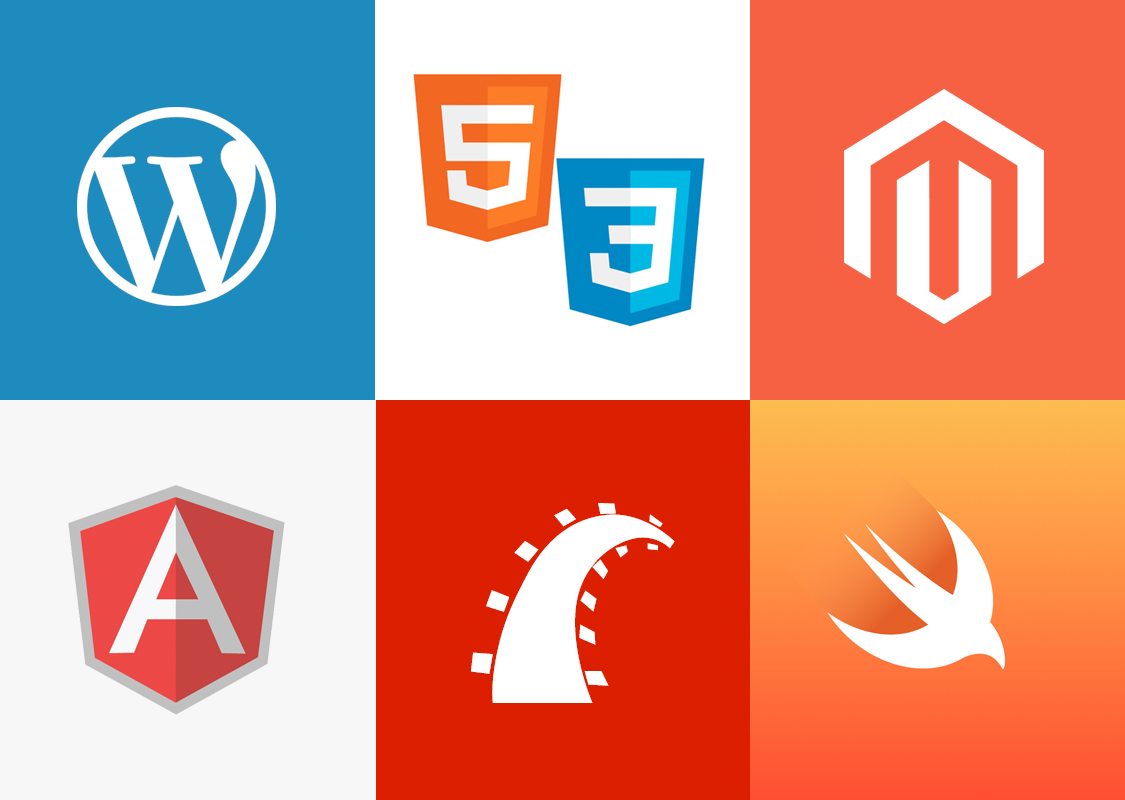A key decision is made at the start of every project, and while it is sometimes obvious or an afterthought, it can dictate the project’s success before it even begins. When someone comes to us with their needs for their project, the first question we have to answer is “how are we going to build this thing?”
To be sure, we have our favorites right out of the gates, but as we grow in our experience, in our capabilities, and as our clients’ needs grow, so does the breadth of tools to choose from at the start of a job. And with new platforms and tools showing up faster than any one person can keep up with, it’s in our best interest to stay on top of releases and new industry trends as they arise.
Development projects come in all shapes, sizes and requirements, but what the final product needs to “do” is what sets our course in our initial decision making process. Equally as important, what the final site doesn’t need to do can greatly drive our thinking; if there is no expectation for e-commerce functionality, we can immediately eliminate a handful of platforms that are built with online sales in mind.
Different platforms inherently require different skill sets, requiring varying numbers of people to work on them, so value for our client’s budget is a consideration as well. Sure, we could probably build every single site on Rails, but as a client partner in this process we’d be withholding information or leading them astray if we didn’t mention that that might be total overkill for a smaller project.
Here are a handful of scenarios, and how our initial thinking might unfold based on the information provided.
“I’ve got an established real estate business, and we just need to refresh the look of our site, make it responsive and add the ability to manage our own property listings.”
Without much hesitation, I’m willing to bet that WordPress is going to be the right tool for the job. WordPress is infinitely extendable, but at it’s core it is a content management system that will empower a client to run their own site efficiently and effectively moving forward. WordPress often serves as the lowest common denominator for sites that need to look great, have deep CMS functionality, but not necessarily go over the top with regard to features, functionality and price.
“Our clothing store is looking to revamp our online presence and ramp up our e-commerce business. We have about 1,000 SKUs and are interested in gathering as much data as we can while increasing our e-commerce ROI.”
Magento is likely the tool for the job in this scenario. While there are other, lighter-weight e-commerce platforms out there like Shopify or WooCommerce, this customer sounds like they have the enterprise needs that Magento can support. Additionally, our experience pairing clients with Magento partners for marketing automation and sales reporting could help make this project even more successful than just simply building a site.
There are, of course, an infinite number of other scenarios, which require deep understanding of a project’s needs before making a decision on how to proceed. Our ability to stay on top of the best platforms and learn the skills to implement them successfully is an enormous asset to what we can provide to customers and allows us to serve not only as the developer, but as a technology consultant along the way.
To summarize, the mental matching of a client’s needs to a platform is a skill that we’ve grown with time. Our deep understanding of what is “out there” to choose from can provide real value at the outset of a project and can be an asset when helping a client make a decision about how to move their business forward with an investment in a development project.





